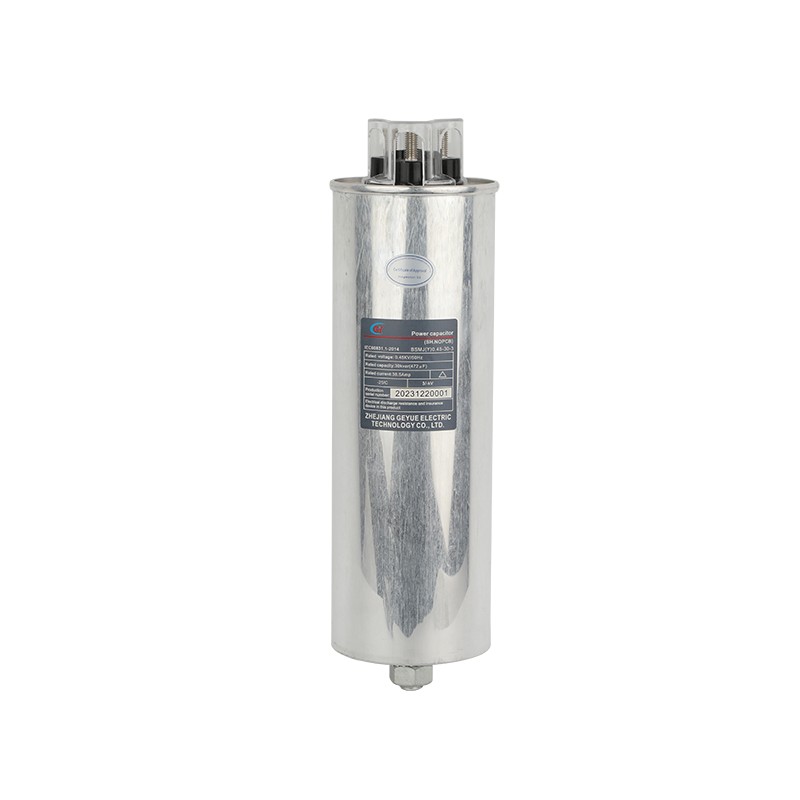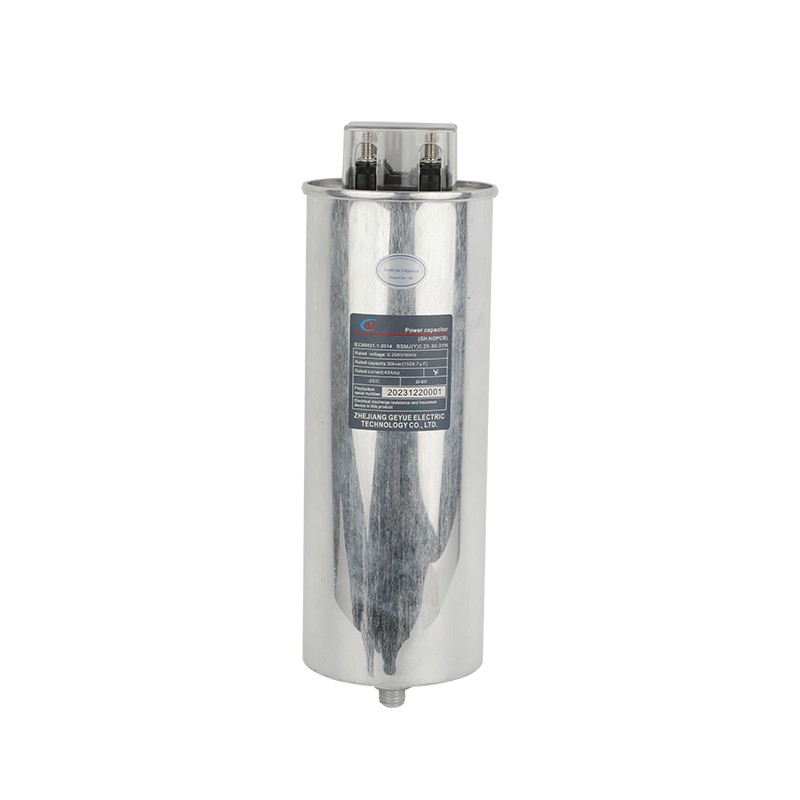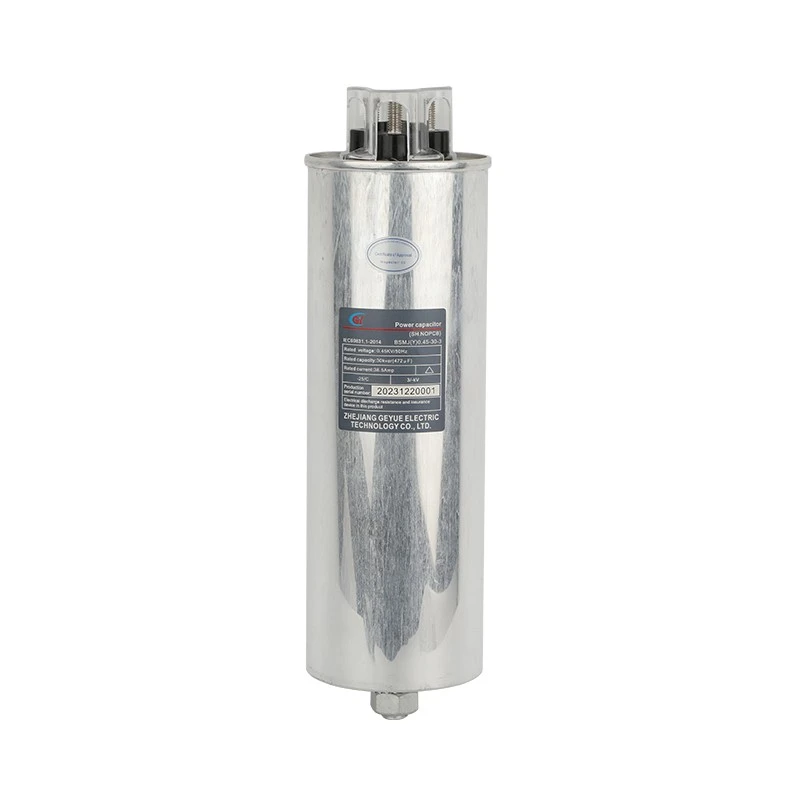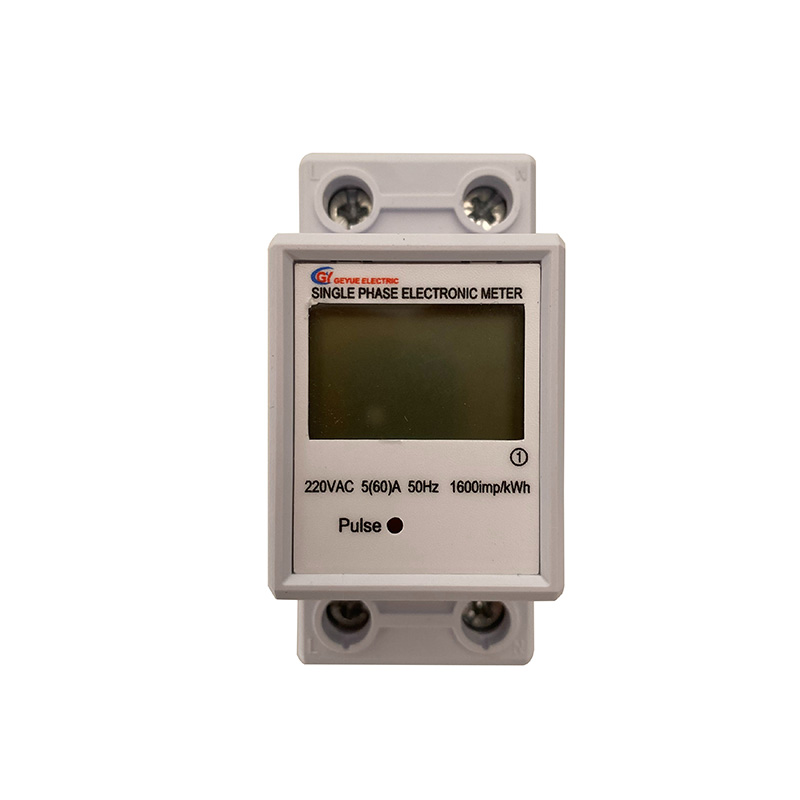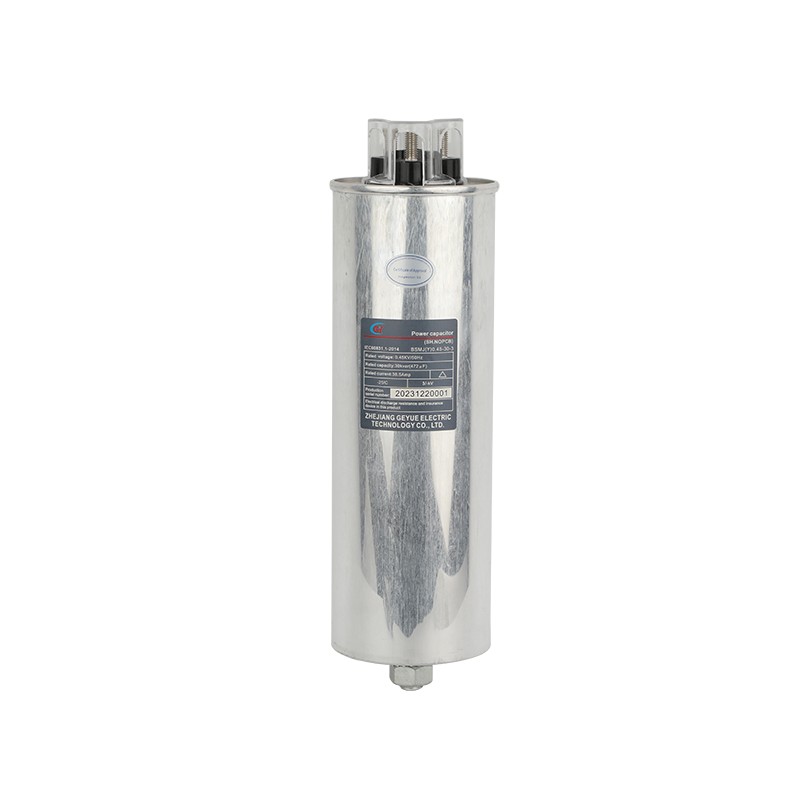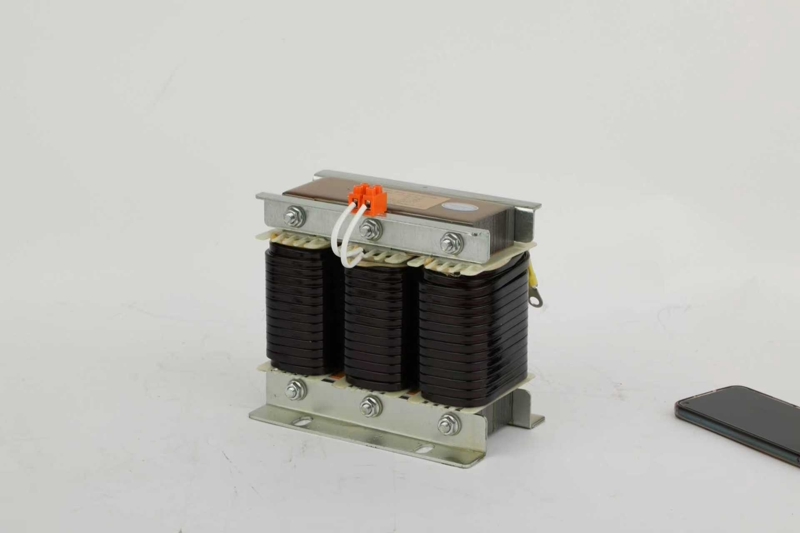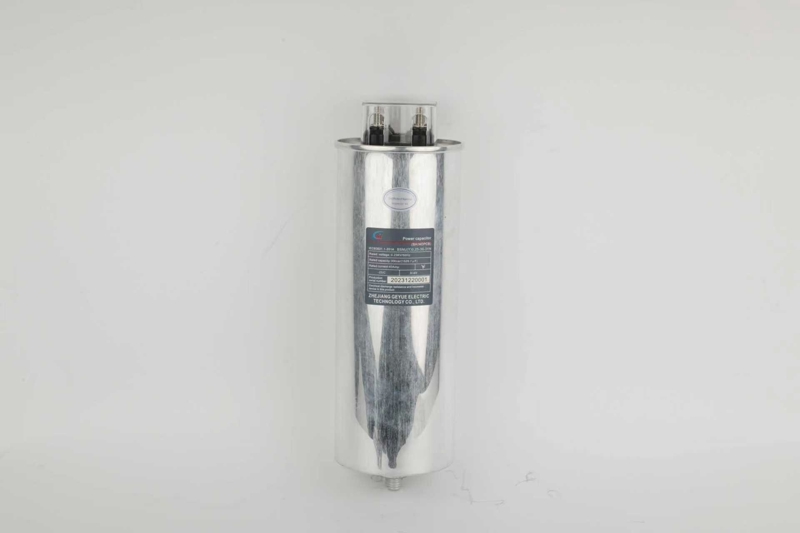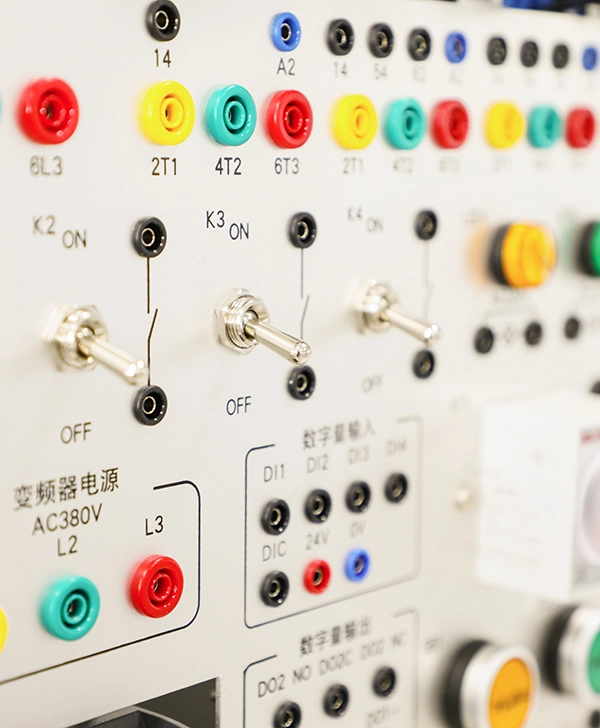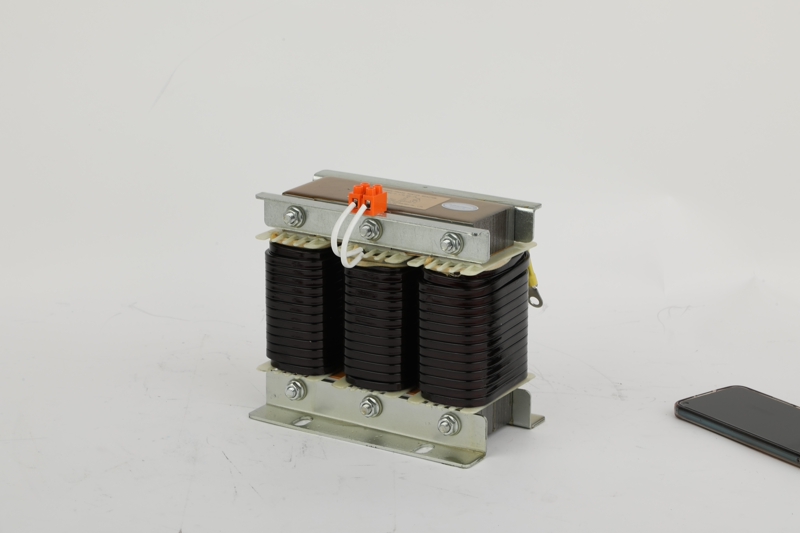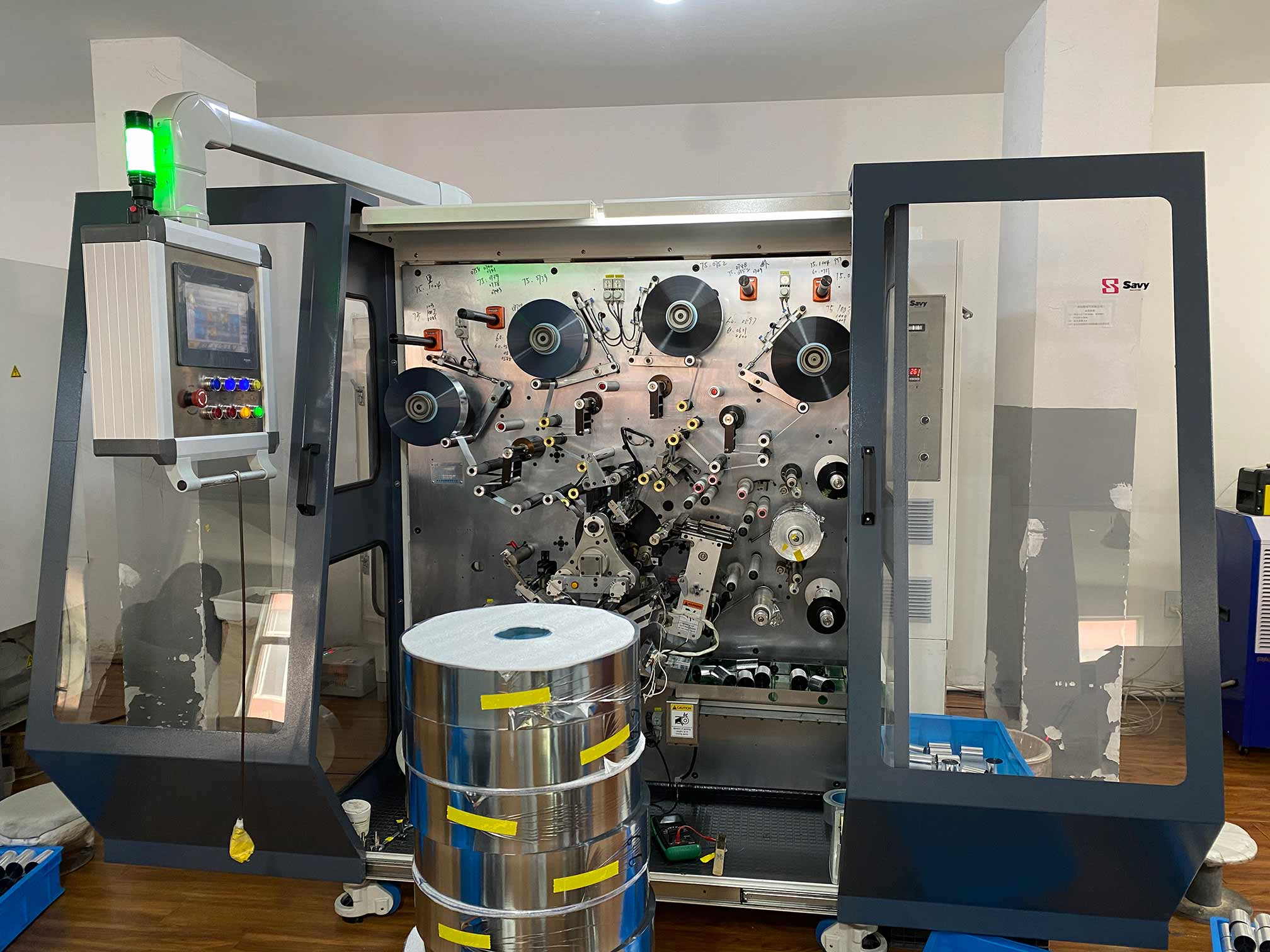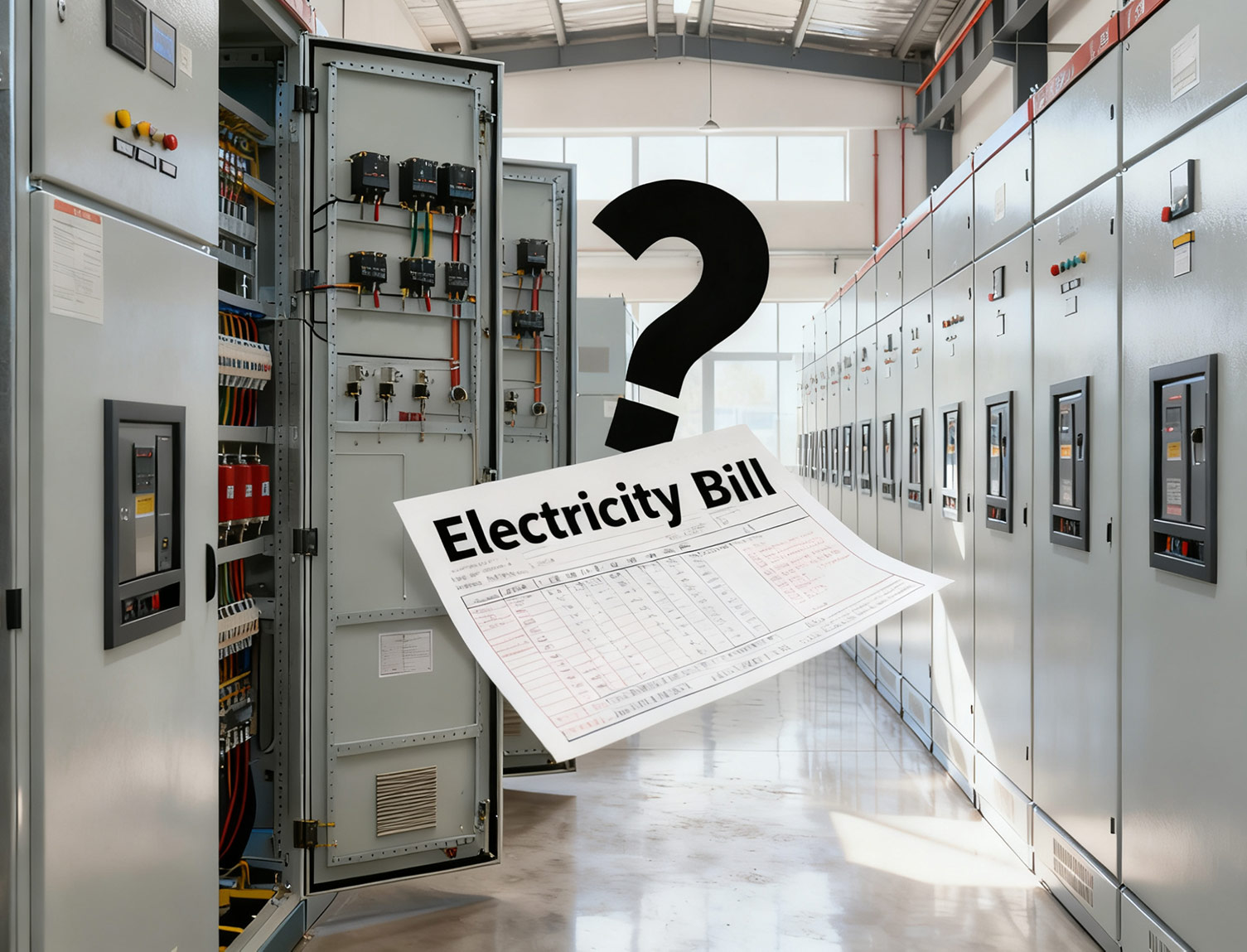How will the Popularization of DC Distribution Networks Disrupt the Traditional Reactive Power Compensation Architecture?
The rapid development of DC distribution network technology is leading to profound changes in the power system architecture. As a manufacturer of low-voltage reactive power compensation equipment, Geyue Electric believes that the popularization of DC distribution networks will have a fundamental impact on traditional reactive power compensation technologies. This article will analyze this trend from three dimensions: technological paradigm shift, equipment form evolution, and market structure reconfiguration.
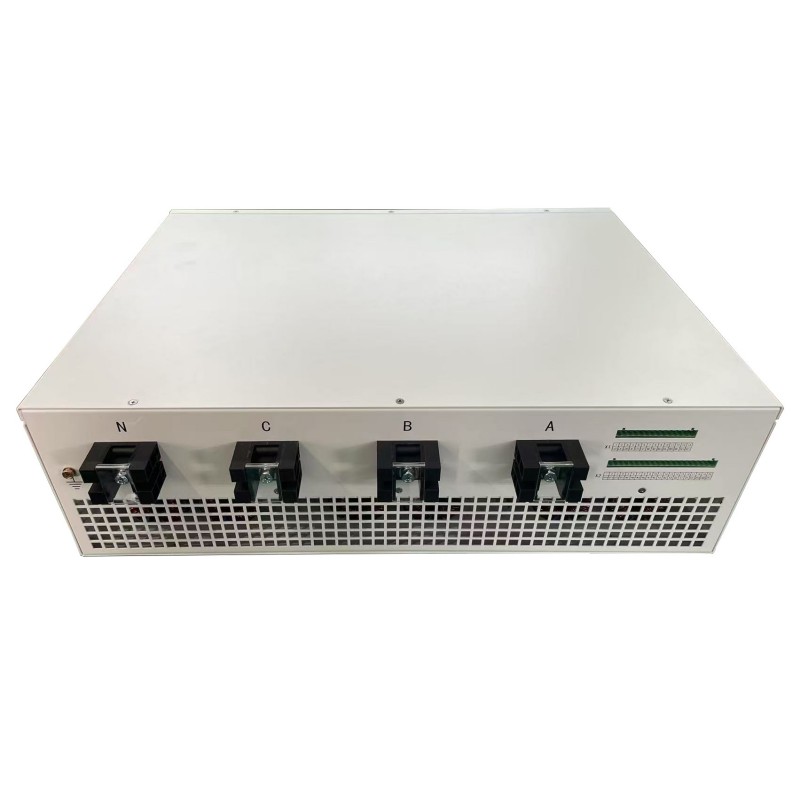
A Fundamental Shift in the Technological Paradigms
Reactive power compensation is an indispensable part in traditional AC distribution networks because the AC system requires reactive power to maintain voltage stability and ensure the normal operation of electromagnetic equipment. Inductive loads in the AC system need capacitive reactive power for compensation, and the characteristics of capacitive lines require inductive reactive power for balance. This exchange of reactive power is an inherent feature of the AC system.
DC distribution networks fundamentally change this technical paradigm. In a DC system, both voltage and current are unidirectional, and there is no concept of phase difference. Therefore, reactive power in the traditional sense no longer exists in a pure DC environment. DC systems do not need to maintain voltage stability through reactive power exchange, which makes the traditional technical architecture based on reactive power compensation lose its foundation.
The DC system still needs to address power quality issues. Although there is no reactive power, the DC system faces new power quality challenges such as voltage fluctuations, ripple suppression, and harmonic management. The solutions to these problems are fundamentally different from traditional reactive power compensation and require the adoption of entirely new technical approaches and equipment forms.
The Evolution of Equipment Forms
Traditional reactive power compensation equipment will face the fate of being replaced in DC distribution networks. Capacitor banks, reactors, static reactive power compensators and other devices widely used in the AC system are all designed based on the characteristics of the AC system. These devices cannot be directly used in the DC environment and may even cause negative impacts.
The DC distribution network requires brand-new equipment for power quality management. The DC solid-state transformer has replaced the traditional AC transformer and possesses dual functions of voltage transformation and power quality control. The active ripple suppression device has become a key component of the DC system, used to eliminate the AC components in the DC voltage. The bidirectional DC converter not only regulates the power flow but also plays an important role in stabilizing the voltage.
These new devices employ fully controllable power electronic components and advanced control algorithms, enabling more rapid and precise regulation of power quality. Data from a certain DC microgrid demonstration project shows that after the adoption of an active ripple suppression device, the DC voltage ripple coefficient decreased from 5% to below 0.05%, significantly improving the power supply quality.
A comprehensively Restructured Control Strategy
The control strategies of DC distribution networks are fundamentally different from those of traditional AC systems. In AC systems, reactive power compensation control mainly focuses on improving power factor and voltage stability, with relatively simple control objectives. In contrast, the control of DC systems needs to consider multiple goals such as voltage stability, ripple suppression, and power balance simultaneously, resulting in significantly increased control complexity.
The control of the DC system is more dependent on communication and coordination. In the AC system, reactive power compensation can operate independently locally, while the DC system requires rapid communication and coordinated control among various nodes. The DC system based on the distributed control architecture can achieve global optimization operation, but it also places higher demands on communication reliability and control algorithms.
Artificial intelligence technology plays a significant role in the control of DC systems. Machine learning algorithms can predict load changes and the output of new energy sources, and adjust the control strategies in advance. Deep learning technology can identify abnormal states of the system and automatically take corrective measures. These intelligent control methods have greatly improved the operational reliability and efficiency of DC systems.
A Reshuffled Industrial Ecosystem
The widespread adoption of DC distribution networks will reshape the competitive landscape of the power quality management market. Traditional reactive power compensation equipment manufacturers are under pressure to transform and need to quickly master DC distribution technology and develop corresponding products. Emerging enterprises, leveraging their advantages in the field of power electronics, may achieve a breakthrough through a "U-turn" strategy.
The focus of the market is shifting towards system solutions. In DC distribution networks, power quality management is no longer an independent process; instead, it is deeply integrated with inverter equipment, protection devices, and monitoring systems. The ability to provide comprehensive solutions has become a key factor in market competition.
The incomplete standard system presents both opportunities and challenges. The technology of direct current distribution networks is still in its early stage of development, and the related standards are not yet complete. This not only offers enterprises the opportunity to participate in standard formulation, but also increases the uncertainty in product development. Ge Yue Electric is actively involved in the standard formulation work for direct current distribution networks, promoting the healthy development of the industry.
Technological Transformation Path and Strategic Choices
In the face of the changes brought about by DC distribution networks, traditional reactive power compensation equipment manufacturers need to formulate clear technological transformation strategies. In the short term, AC distribution will still dominate the market, but the proportion of DC distribution will gradually increase. Enterprises need to maintain the competitiveness of their existing businesses while actively investing in DC technology research and development.
Product development should adopt a progressive strategy. Initially, the development of power management equipment for AC/DC hybrid systems can be carried out, and then gradually transition to pure DC systems. Modular design can enhance the adaptability and scalability of the product, and reduce technical risks.
Personnel training and organizational transformation are of vital importance. The technology of direct current distribution networks covers multiple fields such as power electronics, control theory, and communication technology, and requires the establishment of interdisciplinary technical teams. The organizational structure needs to be more flexible, capable of responding quickly to market changes and technological advancements.
The widespread adoption of DC distribution networks not only changes the technical approach to power quality management, but also reshapes the entire industry's competitive landscape and value chain. Geyue Electric will actively embrace this transformation, continuously innovate products and technologies, and provide reliable power quality guarantees for the development of DC distribution networks. We believe that through the joint efforts of all parties in the fields of research, education, and industry, DC distribution network technology will become more mature and complete, providing important support for the construction of a new power system. If your on-going project needs a set of reactive power compensation devices, please don’t hesitate to write to info@gyele.com.cn.
- Why do the Mainstream Series Reactors Currently on the Market All Adopt the Dry-Type Iron-Core Structure?
- What Exactly is the Boundary Between Static Compensation and Dynamic Compensation in the field of low-voltage reactive power compensation?
- Can Cylinder Self-healing Shunt Capacitor Become the Ideal Choice for Reactive Power Compensation in Power Systems?
- Can Three Phase Intelligent Low Voltage Compound Switch Achieve Technological Innovation in Reactive Power Compensation of Power Systems?
- Can AC contactors become key actuators in industrial automation control?
- Can Self-healing Shunt Capacitor Become a Key Support for Smart Grid Construction?


